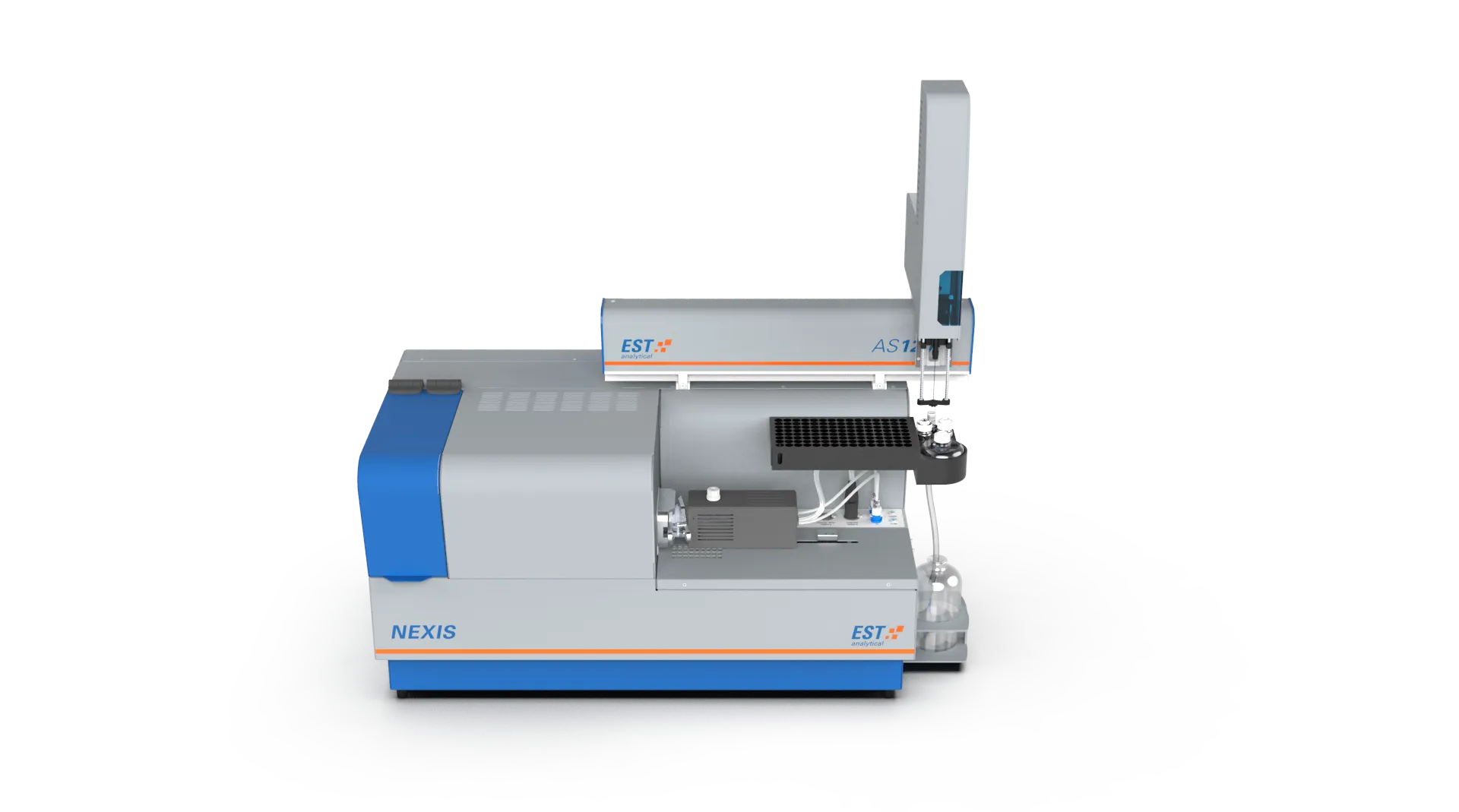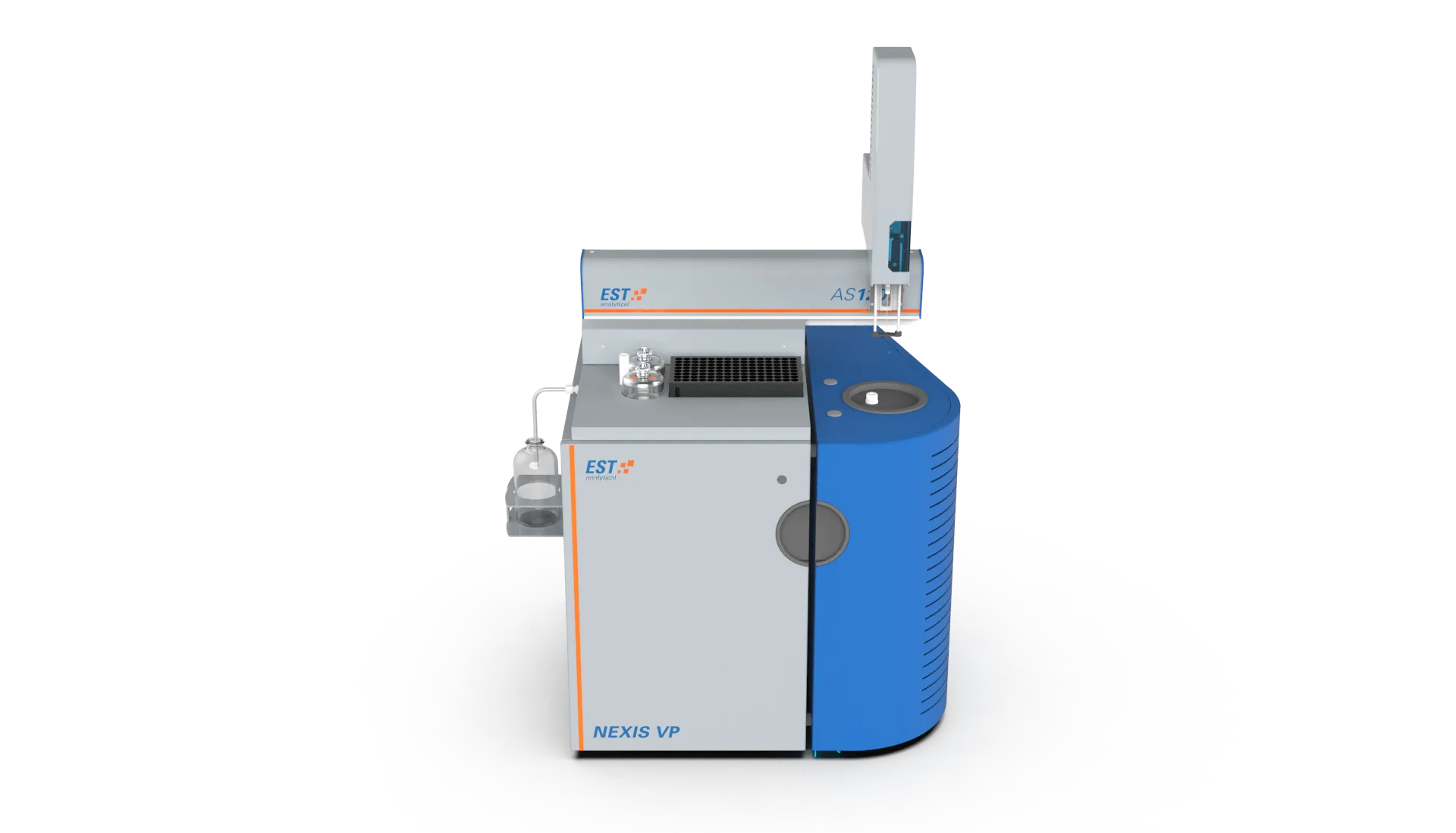What Is UV-Fluorescence...
When a Sulfur containing sample is combusted at 1000 ℃, Sulfur dioxide (SO2) is formed: R-S + O2 –> SO2 + H2O + CO2
The amount of Total Sulfur present in the sample is measured by pulsed UV-Fluorescence detection technique. Applying this detection technique together with oxidative combustion of the sample proceeds as follows:
Sulfur dioxide (SO2) is formed during high temperature oxidation and transferred to a reaction chamber. Here it is excited by a pulsed UV source and as the excited state is unstable, the excited SO2 instantly decays to its ground state energy level. During this process, UV light is emitted. As this light has a different wavelength than the original UV source, the Photomultiplier tube is able to detect this emission.
The amount of light emitted reflects the total amount of SO2 present in the combusted sample, which is directly related to the amount of Total Sulfur present in the sample.
The equations for this reaction are:
SO2 + hv1 –> SO2*
SO*2 –> SO2 + hv2
The NEXIS elemental combustion analyzer makes use of auto gain-controlled UV-Fluorescence detector principle which results in automatic correction of UV-light intensity and so avoids UV-lamp calibration procedures.
High amounts of nitrogen present in the sulfur sample could interfere with the amount of Total Sulfur given by an Elemental Combustion Analyzer, especially when measuring at trace level. The NEXIS analyser employs a unique solution, the TRINITY to prevent this from happening.
Elemental Combustion Analyzers that make use of this detection technique: NEXIS TS, NEXIS VP TS
International methods carried out by using this technique: ASTM D6667, ASTM D5453, ASTM D7183, ISO 20846, SH/T 0689




